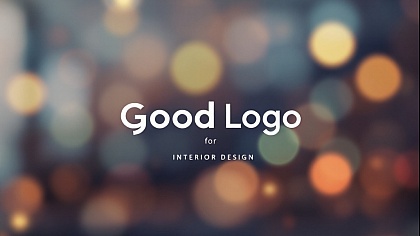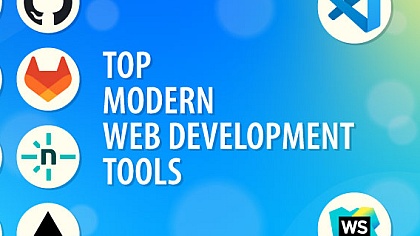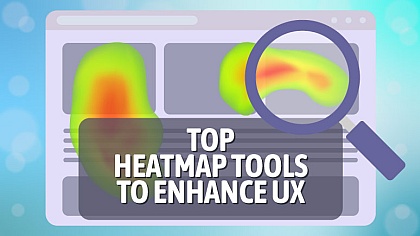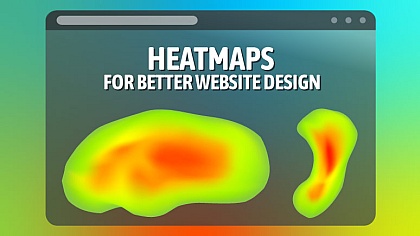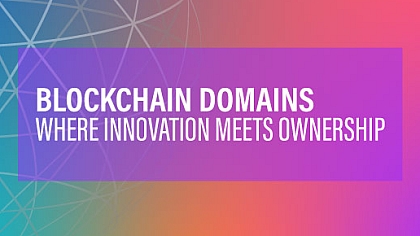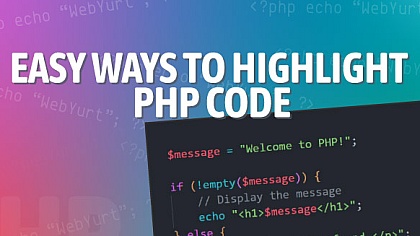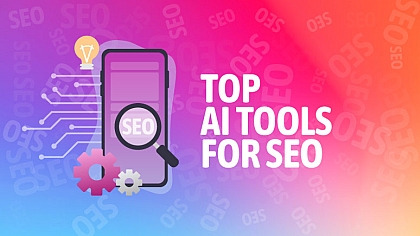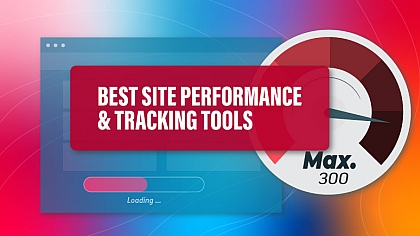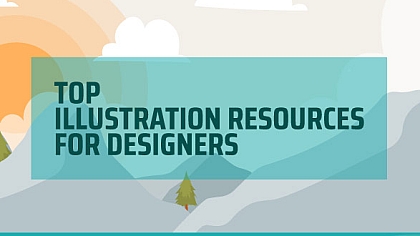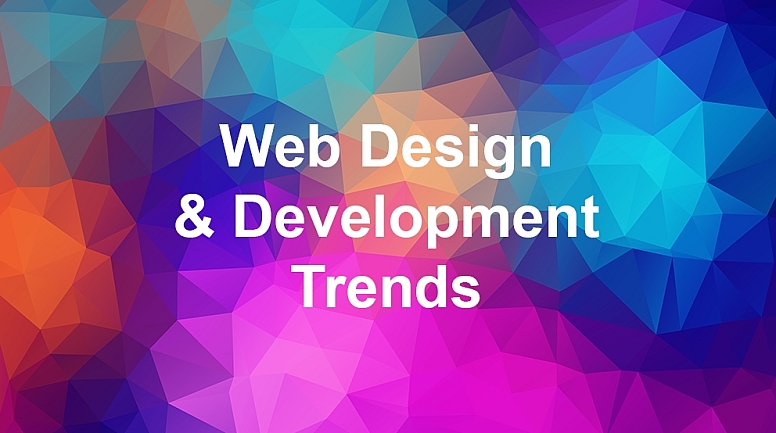
Top Web Design & Development Trends: Tools, Tips and Ensuring Authenticity
The web design and development field is evolving faster than ever. Each year brings new trends, technologies, and tools that redefine user experiences and push creative boundaries. Staying updated on these trends is essential for web designers and developers looking to create impactful, efficient, and aesthetically pleasing websites.
Take a look at the latest top web design and development trends, along with tips on how to incorporate them effectively. We’ll also go into the importance of ensuring content authenticity in the age of AI-generated content.
Minimalist and Purposeful Design
Web design is embracing simplicity now more than ever. Minimalist layouts that focus on essential content, reduce distractions, and provide a streamlined user experience are taking the lead. The goal is to help users focus on core messages without overwhelming them with unnecessary visuals or information.
Key Elements of Minimalist Design:
- White Space: Creating room to breathe around key elements.
- Clean Typography: Using simple, readable fonts that enhance clarity. Bold typography will stand out to your readers.
- Subtle Animations: Animations that serve a purpose, like guiding the user’s eye to important content, without overwhelming the experience.
AI-Powered Personalization and Chatbots
Artificial intelligence (AI) is a game-changer in web development, as the integration of AI offers ways to create highly personalized user experiences. Websites are increasingly using AI to analyze user behaviour and adapt content, products, or services accordingly.
AI-Powered Features to Implement:
- Chatbots: AI-driven chatbots provide instant support, answer questions, and guide users through the website.
- Product Recommendations: AI can analyze user preferences and browsing history to make personalized recommendations.
- Predictive Search: AI can anticipate user queries, speeding up the search process and enhancing user satisfaction.
Focus on Accessibility
Web accessibility is a growing priority these days, as websites need to be inclusive to reach a diverse audience. This means designing and developing with users who have disabilities in mind, making sure that websites are usable and enjoyable for everyone.
Accessibility Best Practices:
- Colour Contrast: Use colours that are easy to distinguish, especially for users with visual impairments.
- Alternative Text for Images: Add descriptive alt text for images to ensure that screen readers can interpret them.
- Keyboard Navigation: Make sure the website can be fully navigated using only a keyboard.
Enhanced Content Authenticity: Using an AI Detector
As AI-generated content becomes more common, verifying authenticity is crucial to maintaining trust and credibility. This is especially relevant for web designers and developers responsible for curating content on websites. To ensure content originality and avoid unintentional reliance on AI-generated material, professionals can use tools like an AI detector. Additionally, leveraging tools can help refine AI-generated content to ensure it aligns with a brand’s voice while maintaining a human touch. This ensures a genuine experience for users.
Micro-Interactions and Micro-Animations
Micro-interactions are small animations or visual cues that engage users without disrupting the browsing experience. From hover effects to scrolling animations, these subtle elements add personality and enhance usability.
Ideas for Micro-Interactions:
- Button Hover Effects: Changing the button colour or shape slightly when hovered over.
- Scroll Animations: Animating elements as they enter the viewport during scrolling.
- Form Feedback: Adding visual feedback when users fill out a form correctly or encounter errors.
Motion and Video Backgrounds

Dynamic content like videos and animated backgrounds can make a website feel more modern and engaging. This trend is especially popular for landing pages where grabbing the user’s attention is key.
Considerations for Video Backgrounds:
- Quality and Loading Speed: Use high-quality, optimized videos that don’t slow down the page.
- Relevancy: Ensure the video aligns with the brand and enhances the user experience rather than distracting from it.
- Autoplay Options: Allow users to pause or mute videos to prevent disruption.
Progressive Web Apps (PWAs)
Progressive Web Apps are designed to offer a native app-like experience on the web, making them fast, reliable, and accessible even in low connectivity conditions. PWAs continue to be a popular choice for their seamless user experience and ability to run on any device.
Benefits of PWAs:
- Offline Access: Users can access content without an internet connection.
- Push Notifications: Send updates or reminders to engage users and drive them back to the site.
- Responsive Design: PWAs are built to work on all screen sizes and devices, making them versatile and user-friendly.
The Rise of Voice Search Optimization
With the increased use of voice-activated devices, optimizing for voice search is becoming a crucial aspect of web development. Voice search users tend to ask longer, more conversational queries, which influences both design and content strategy.
Voice Search Optimization Tips:
- Focus on Natural Language: Write content in a conversational tone to match how people speak in voice searches.
- FAQ Sections: Answer common questions clearly and concisely to match typical voice search queries.
- Local SEO: Voice searches often include location-based queries, so optimizing for local SEO can make a significant impact.
3D Visuals and Augmented Reality (AR)

3D visuals and augmented reality are powerful tools for creating immersive experiences, especially in e-commerce, real estate, and product design. These technologies allow users to visualize products or spaces realistically.
Implementing 3D and AR:
- E-Commerce: Allow customers to “try on” products virtually or visualize them in their homes.
- Virtual Tours: Ideal for real estate or hospitality, allowing users to explore properties or destinations.
- Product Previews: Interactive 3D models help users see products from every angle, enhancing the shopping experience.
Innovate and Inspire with Cutting-Edge Web Design Trends
The web design and development landscape is full of exciting opportunities for creating engaging, accessible, and authentic user experiences. By embracing trends like AI personalization, accessibility, and content verification, web professionals can build sites that stand out for all the right reasons
Keep innovating and using these trends to inspire your web design and development projects, staying ahead in an ever-evolving digital world.

